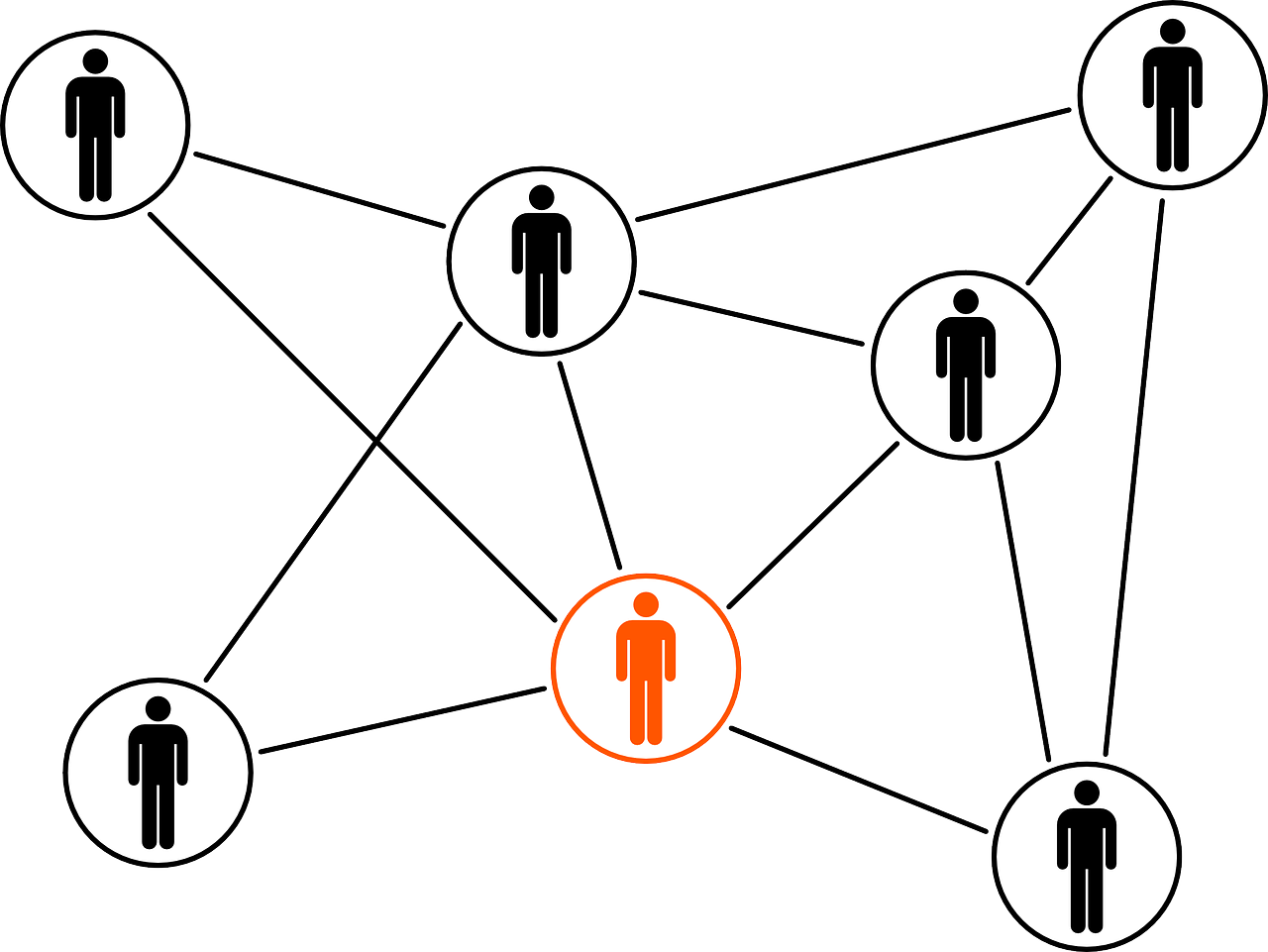Malware Throughout History: The Morris Worm
Diving into the worlds first major attack on the internet - how it worked, and the repercussions of it.
What is a computer worm?
A computer worm is a type of self-contained malware that replicates itself and spreads laterally (across computers in the same network) throughout a network without the need to call back to a command and control centre (a server that gives it instructions on what to do).
What this means, is that it’s not controlled by any particular server and that once released, it cannot be stopped since it automatically duplicates itself and attempts to infect all other computers on the network.
There are, however, like anything, cases where this isn’t the case and a callback server is required for the worm to do it’s damage. An example of this is a virus called WannaCry which, while still able to spread across computers, lays dormant as long as the domain iuqerfsodp9ifjaposdfjhgosurijfaewrwergwea. com is registered.
The domain iuqerfsodp9ifjaposdfjhgosurijfaewrwergwea.com is currently ‘Sinkholed’ (to hand out illegitimate routes to certain domains - can be used to capture unwanted traffic, to disable a botnet, for example) by Kryptos Logic.
What is the Morris Worm?
The morris worm, being considered as the first major attack on the Internet, was first unleashed on the evening on November 2, 1988 from a computer at MIT (Massachusets Institute of Technology).
Designed to exploit multiple backdoors on specific Unix devices and to stay hidden, it hit 10% (6 000) of the internet within the first 24 hours. It worked similar to a DOS (Denial-of-service), in that it was designed to hog resources from the computer until it shuts down.
The specific exploits it would run were vulnerabilities in Unix Sendmail, finger and rsh/exec, as well as brute-forcing login credentials on the targets computer; based on their username.
How did it work?
How the Morris worm would work is:
First, check if the Morris worm is already running on the target computer.
The worm was capable of infecting a computer up to 7 times. Why seven? This was to stop someone from spawning a fake Morris worm instance in an attempt to stop the worm from infecting the computer.
Second, attempt to spread to another computer on the network, through exploiting a known vulnerability, or guessing weak passwords.
Once the targets computer was infected by the worm too many (7) times, it would run out of computing resources required to work properly, and begin to malfunction.
Who created it?
Robert Tappan Morris had designed the worm as a learning project, that soon spun out of control.
While there are questions are the original motives of the worms creation, he knew the importance of covering his tracks - which was evident in how he hacked into an MIT Computer to launch the attack.
This worm led to the first conviction under the newly introduced 1986 Computer Fraud and Abuse Act and left Morris with a fine and 400 hours of Community Service.



